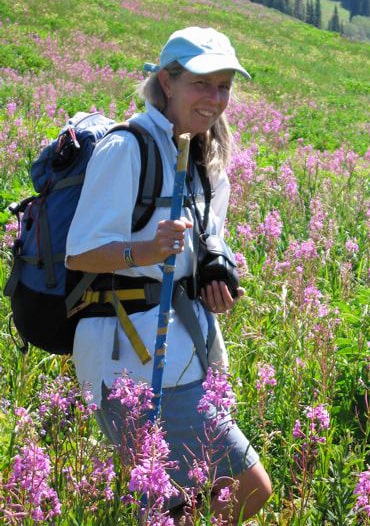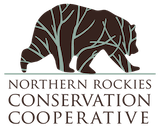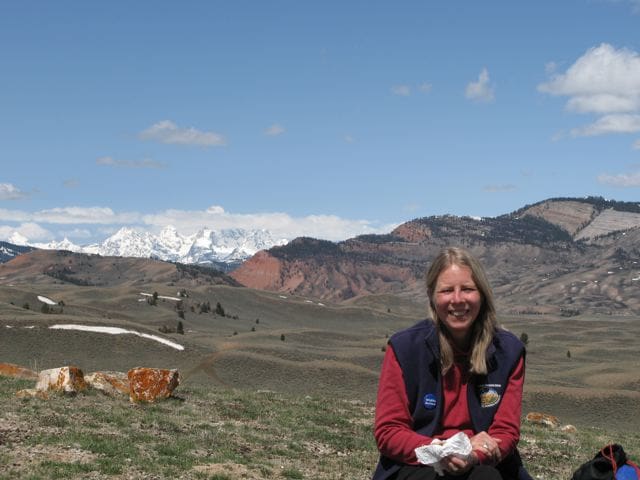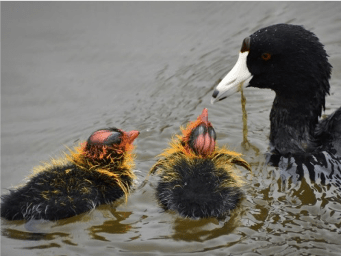
Susan Marsh
Meg and Bert Raynes were among the first people I met when I moved to Jackson in the spring of 1988. I immediately noticed that everyone who walked into the potluck made a beeline for the corner where they sat in order to say hello to the party’s Main Event. When I was introduced as so-and-so’s replacement at the Bridger-Teton National Forest I could almost see the questions hanging over Bert’s head like cartoon thought bubbles – will she be an ally? Can we trust her? What does she care about?
I don’t recall if Bert had any penetrating questions for me, but he did ask if I was interested in birds. Oh, yes, I told him, adding that I was no expert.
“Well, he is,” came a voice over my shoulder. Marylin proceeded to tell me when and where the monthly JH bird club meetings were, and encouraged me to attend.
Attend I did – and I saw why Bert was so influential among the valley’s dedicated bird watchers and conservation-oriented folk.
At the monthly bird club meetings the first thing we did after introductions was go around the room reporting on our recent sightings. Bert stood at the podium taking notes for his weekly Far Afield column, saying little – until someone reported an unlikely species. He held his pen over the page as others jumped in—“Are you sure it wasn’t a …?” “Did you see the eye-ring?” “Where exactly did you…”
Bert listened with a secret smile until the uproar abated, then he offered to venture far afield with the chastened birder and have a look. He or she immediately brightened – a chance to go birding with Bert Raynes!
In summer club members met outdoors. We met at Bert’s Bench for snacks and conversation, and of course the birds. As evening advanced we recorded ducks and geese and other waterfowl, snipes, warblers and kingfishers. Eagles, herons, harriers. I learned much about identification and behavior from Bert.
Bert’s Bench was the place where I saw a newly hatched American coot for the first time, paddling next to its mother and sporting a fancy ruff of rust, orange, and yellow feathers around a buffy-pink head. I never would have expected such a colorful display, having only watched dun-colored adults through binoculars. What was the evolutionary advantage? Was it meant to resemble a water lily and warn predators off? I should have asked Bert.
Bert always listened with gentle humor as his friends—and everyone was a friend of Bert’s—regaled him with their observations. His active listening brought out our enthusiasm, but he would also raise an eyebrow if he thought you might be full of it. He’d sit quietly for long moments before giving forth a true zinger.
People tried to impress him, but he never needed to impress others. For Bert, it wasn’t about him but the birds, their habitats, and the other life forms with whom we share his “valley so sweet.”
– Susan Marsh, April 2021
Photo credits: Susan Marsh


